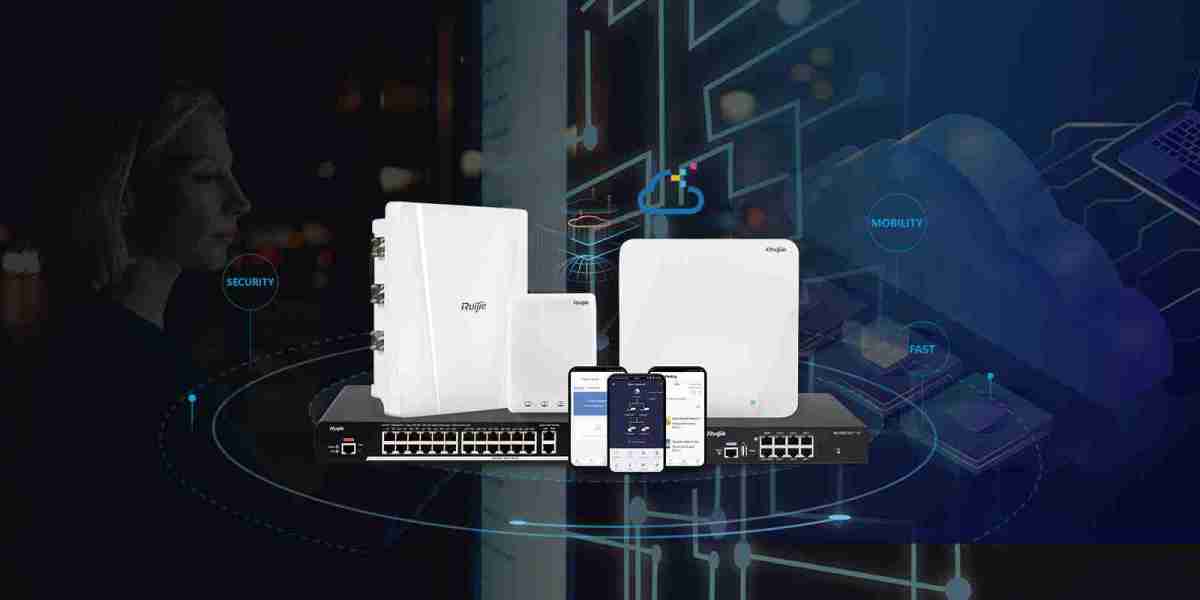When any wallet address initiates a cryptocurrency transfer to another wallet address, a smart contract is triggered to verify the transaction. Once a smart contract is deployed, a transaction record is created and the state switches to pending, waiting for the verification node to verify the transaction and add the block to the blockchain explore.
Usually, this information is broadcast to the browser in a timely manner. However, depending on how busy the blockchain network is, there may be some delays. Ethereum and Bitcoin are the most commonly used blockchains and may often face network congestion, resulting in verification delays and increased gas bills.
Valid terms in blockchain browsers
When you look at blockchain browsers, you will come across several terms that may be misunderstood, which we help you with below.
Block: A set of transactions that are verified and linked in an orderly manner on the blockchain.
Block height: block ID or number of transactions executed.
Size: The size (in bytes) of each transaction in the blockchain. The average transaction size is between 200 and 400 bytes, and each block can hold about 1MB of transactions.
Hash ID: Transaction ID used to find transactions, also known as transaction ID, TxHash, or TxID.
Memory pool: A memory pool is a set of unverified crypto transactions that still need to be added to the blockchain. The memory pool includes pending transactions that miners have not yet verified for a variety of reasons.
Isolated blocks: These blocks contain transactions that have been verified and confirmed, but have not yet been added to the blockchain because their predecessor and successor blocks have not yet been identified. These blocks remain unadded until their predecessors and successors are known, and their transactions are returned to the memory pool.
Stale blocks: These blocks also contain verified and confirmed transactions, but they were not successfully added because a similar block ID was added to its place, and this stale block lost its place due to network delays.
Genesis Block: The first block created on a given blockchain, also called block 0, and other blocks are created and minted on top of it.
Gas: Gas fees are the transaction fees required to verify crypto transactions. The gas fee is dynamic and varies according to the network congestion of each blockchain, priced in dollars or the blockchain's native token.
Verifier: A verifier is a node or miner who verifies that a transaction meets a given condition and can be successfully added to the blockchain in exchange for voting rights or validation rewards (such as tokens).
How to find your transaction in the blockchain browser
Locating your cryptocurrency transactions is simple, and you can find your transfer data and its status in a variety of ways.
You can use universal browsers that collect transaction data from multiple blockchain broadcasts using transaction hash ids or wallet addresses. You can also use blockchain-specific browsers such as Tronscan, Etherscan, XRP scan, etc.
After making a cryptocurrency transfer, you will see a hash ID or transaction ID that you can copy and paste into your browser's search bar to find the transaction and its status. Depending on network congestion, it may take a few seconds or minutes for the status to change from pending to approved when the transaction reaches the recipient's wallet.
You can also search by copying and pasting the wallet address into the search bar to track your wallet activity. You should be able to see the transaction history for a short time after initiating the transaction, showing the status of the transaction and the amount transferred.
If you receive a payment, you can also inquire with your cryptocurrency wallet or transaction ID to find out more about the transfer and its status. However, the browser does not reveal the identity of the wallet owner.








